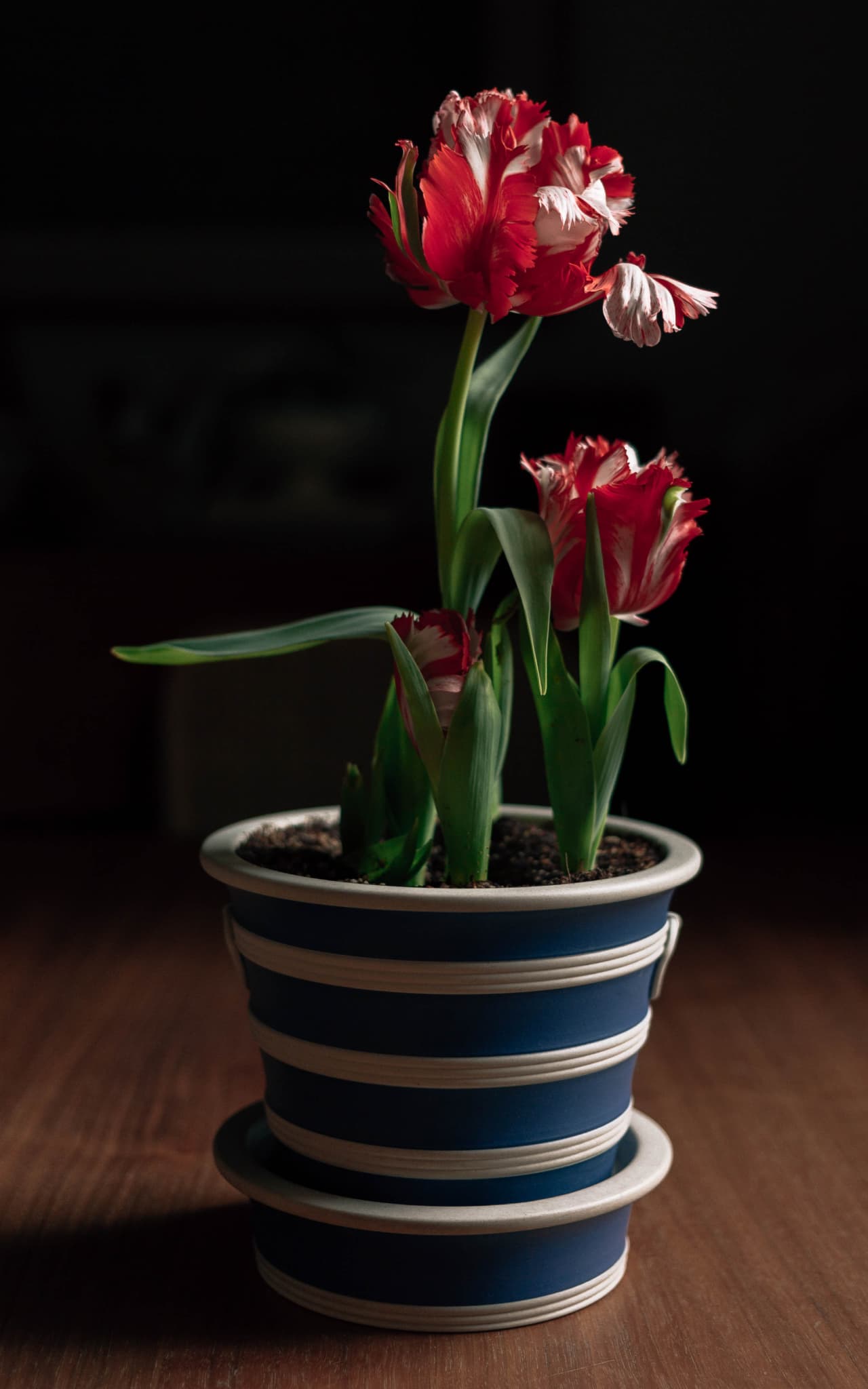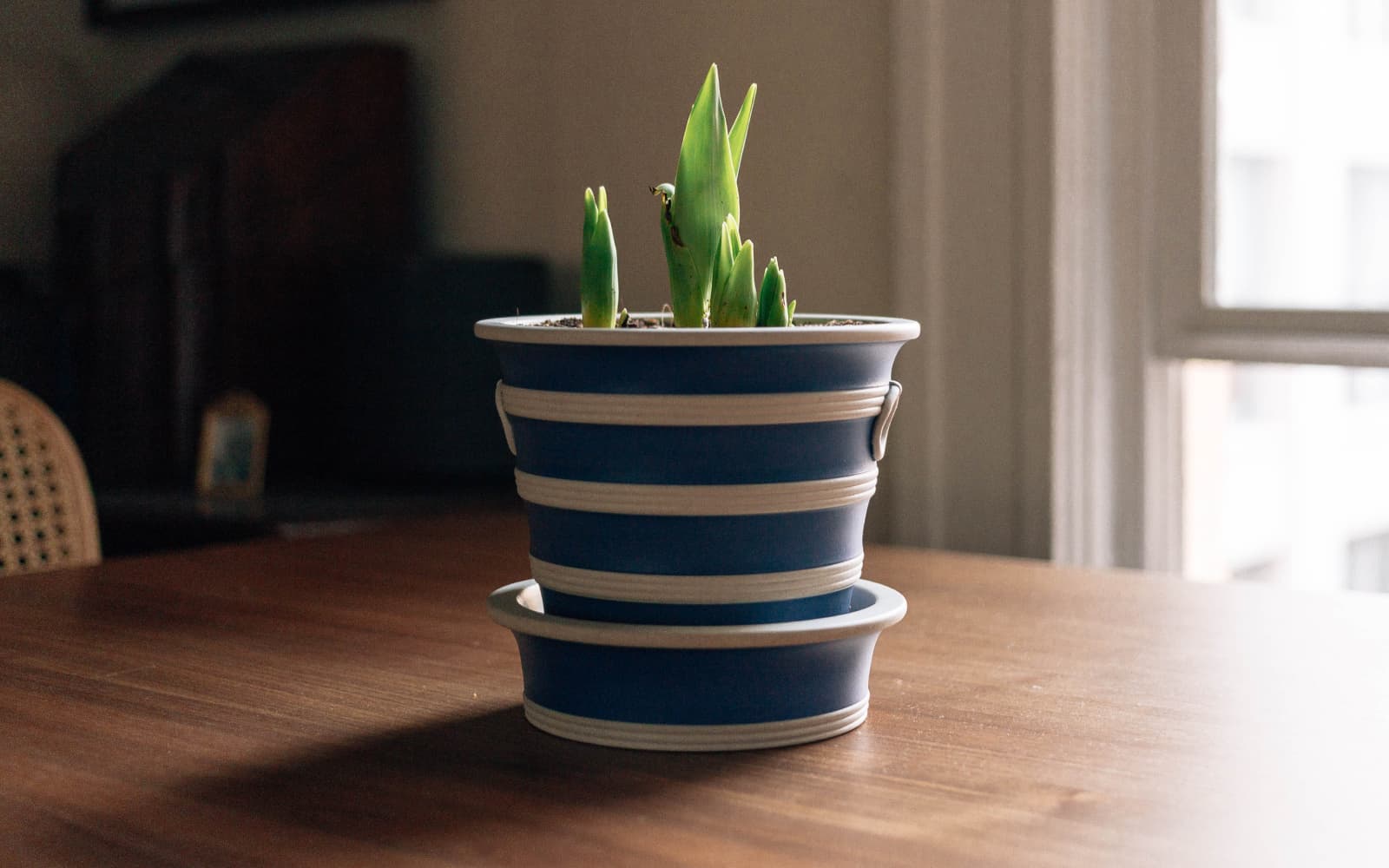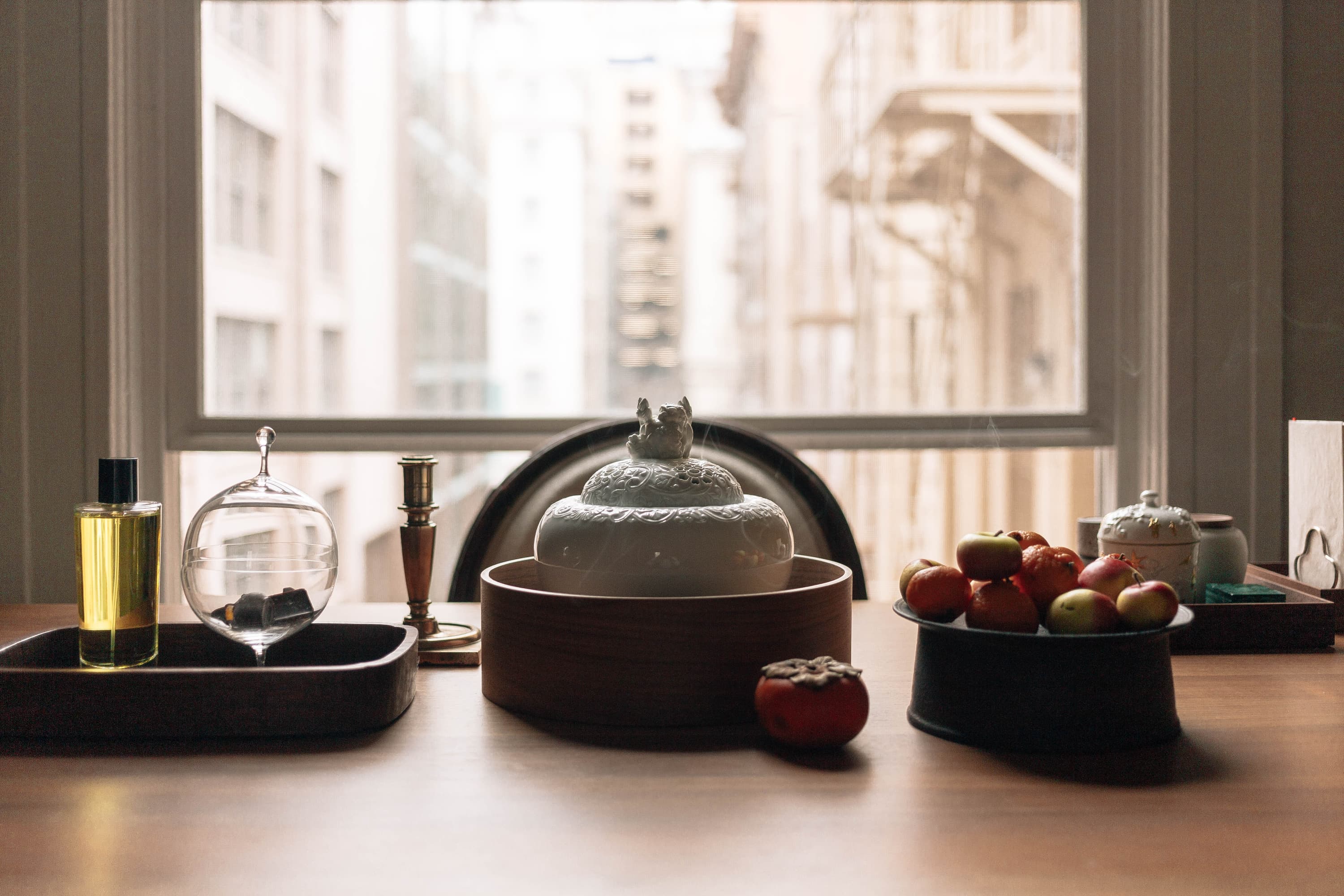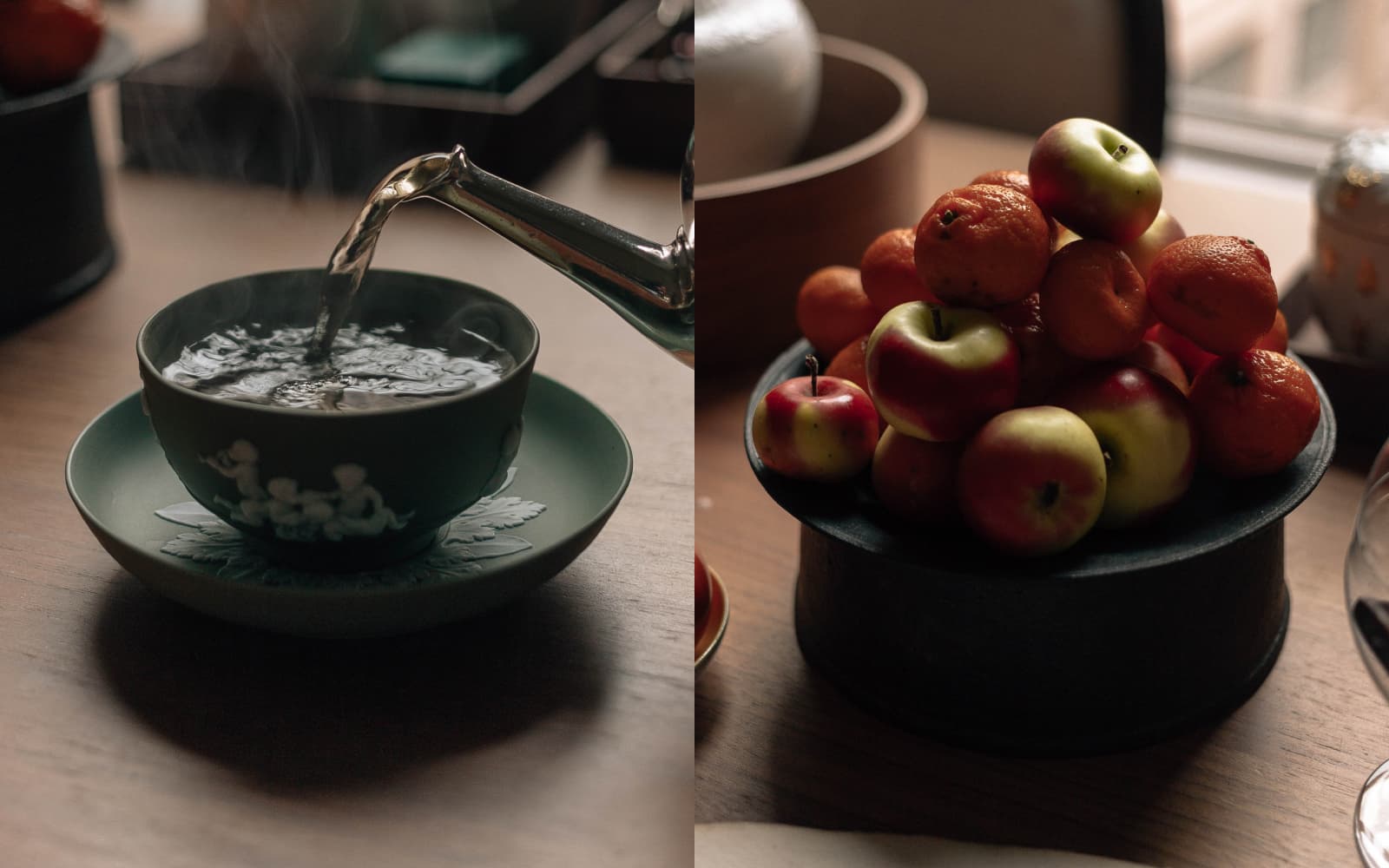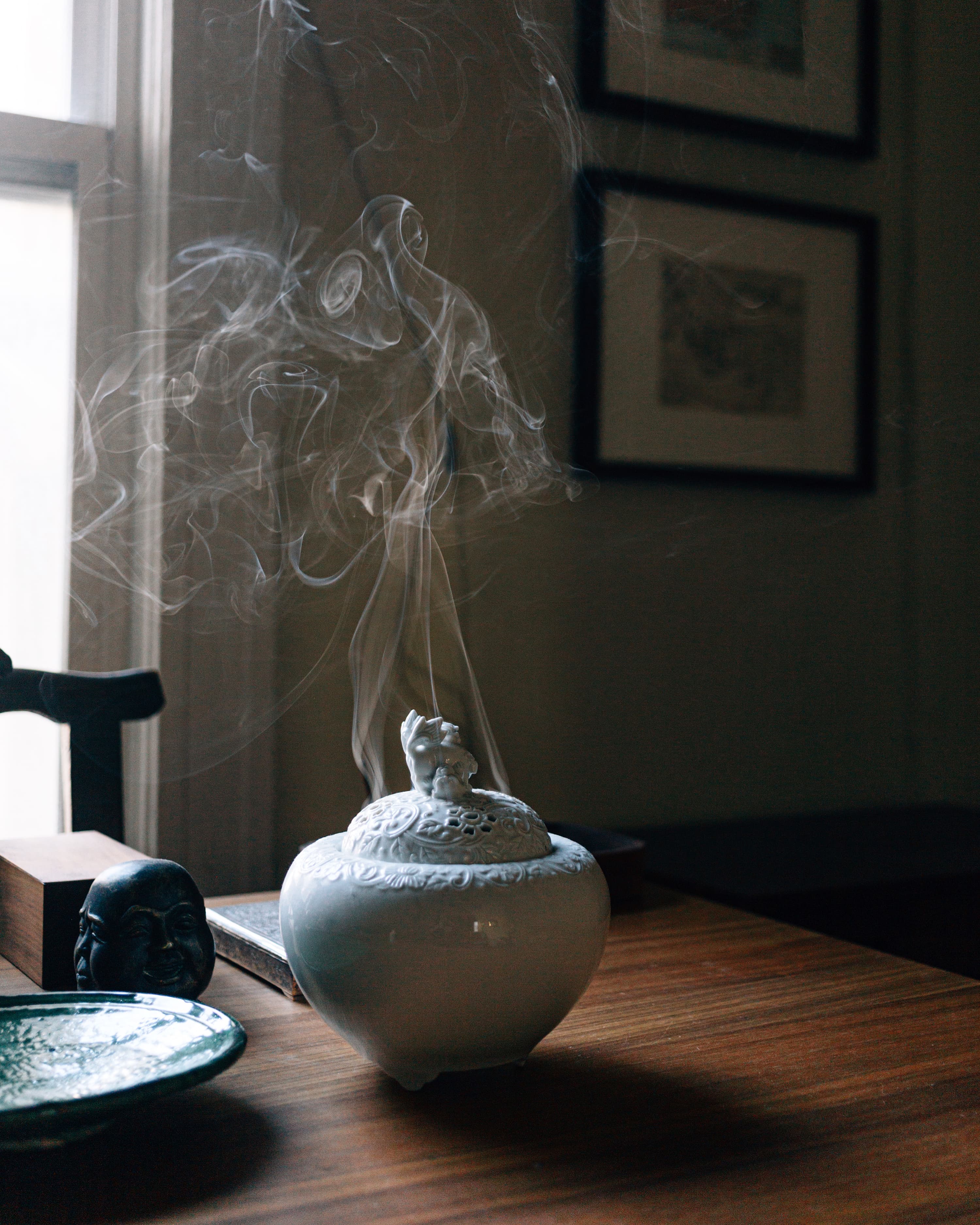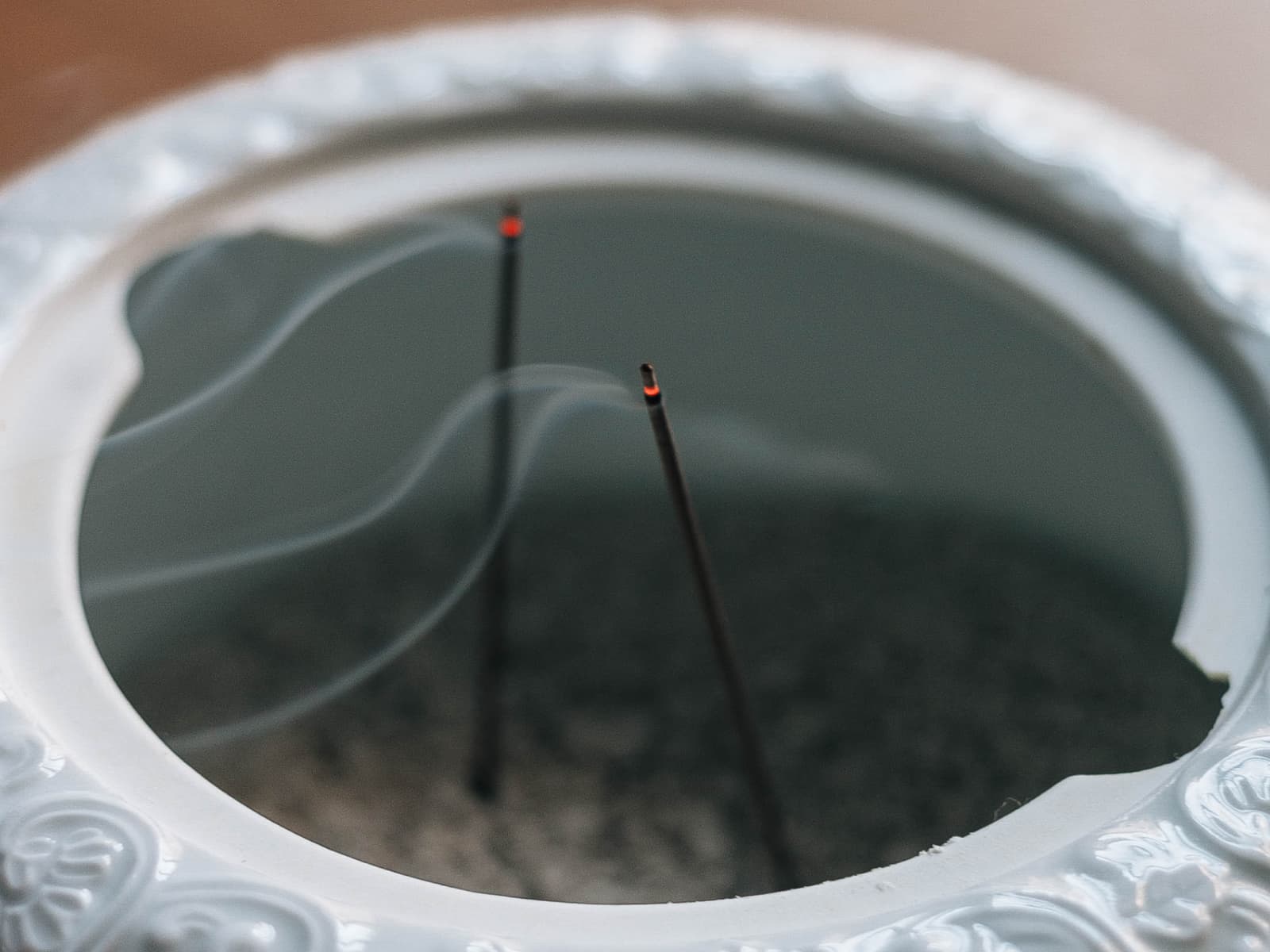Silent flowers
Speak also
To that obedient ear within.
— Onitsura
My mother has been flooding my messages with photographs of the blooming plants in her garden: tulips, hydrangeas, peonies, daffodils, crocuses, hyacinths, dogwood, ornamental pear, and the other usual suspects that peep up in the spring.
It wasn’t too long ago that I tried my hand at forcing tulip bulbs to recreate some semblance of a garden while sequestered in the city. I planted my “painted” or broken tulip bulbs — so named for the parti-colored stripes that are etched on the petals — in November within an 1840s Wedgwood cachepot.
Off the bulbs went into my vegetable crisper in the refrigerator to lay dormant from November until March. Early on while misting the pot, the topsoil became covered in mold. I wiped it off and avoided any extra moisture while they rested. Then around February, they prematurely began to show shoots through the soil. These tulip bulbs were being uncooperative with me.
I took them out and let them bloom. The pale shoots turned into grassy green once the sun soaked their surface. Up and up the buds went until some force inside them said it was time to bloom. Their size was diminutive and the blooms small. Perhaps the mold and premature sprouting left them stunted. They did not compare to the tulips in my mother’s garden; soaked in Michigan rain and buried deep in former tilling soil, those tulips dazzled the eye.
Spring rain:
Everything just grows
More beautiful.
— Chiyo-ni
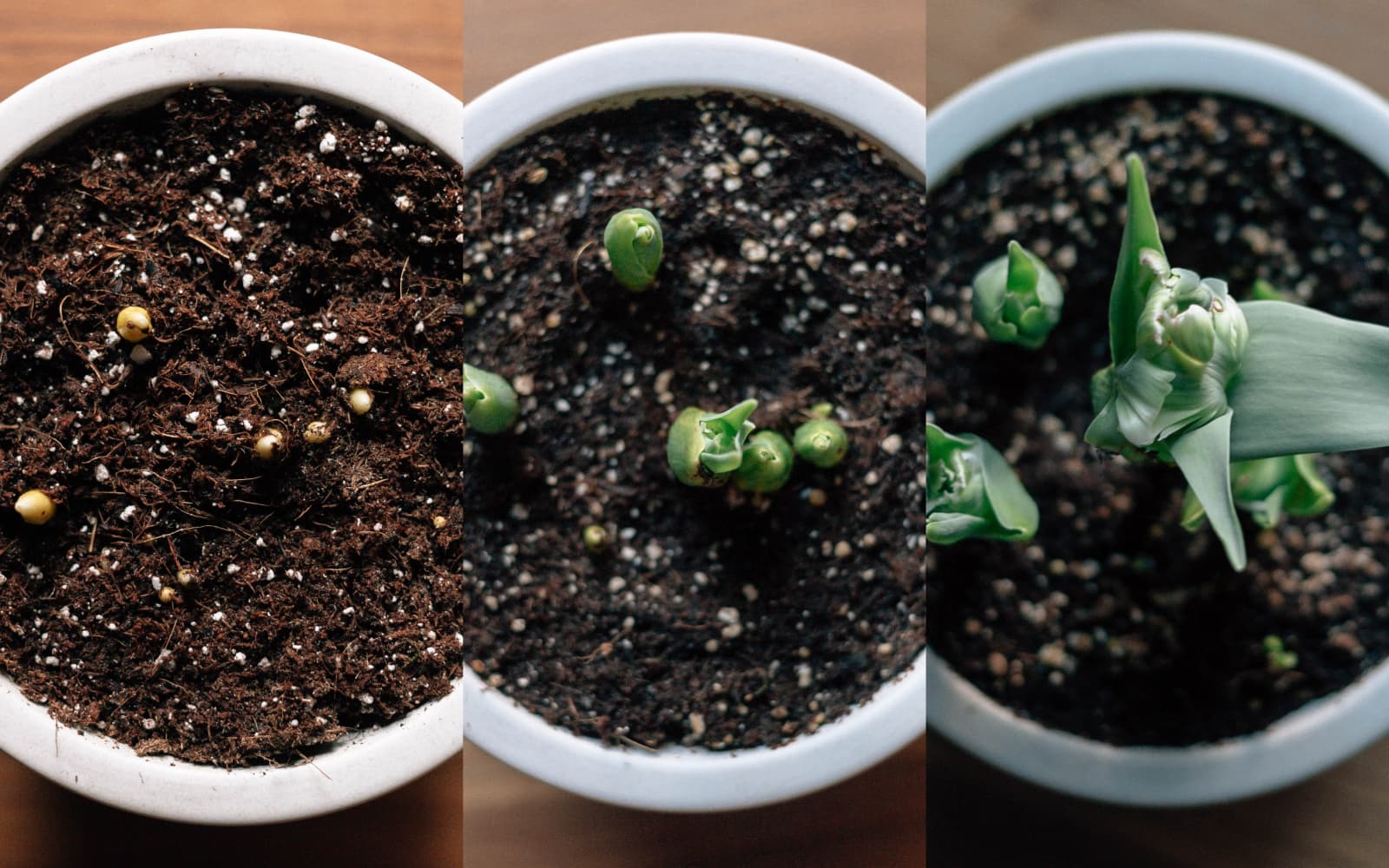
Did my tulips smell? They were all looks with no scent.
Is a flower without scent “silent?” In perfumery, there is group of florals known as “silent flowers.” A silent flower is one in which traditional extraction methods cannot isolate the fragrance. A silent flower does of course produce a smell naturally — lilac, violet, wisteria, lily of the valley, carnation, and gardenia to name a few — but their scent is out of reach to the perfumer and they cannot lend their “notes” to the music of fragrance.
And yet, one can buy violet perfume. The perfumer is clever here: by taking known smells of other materials, he mixes a semblance of what one might think is violet but is indeed other florals, musks, and such. The perfumer can give a voice back to these flowers.
To pluck it is a pity,
To leave it is a pity,
Ah, this violet.
— Naojo
Only recently have sophisticated chemical processes unlocked certain silent flowers. Entire corporations have positioned themselves as the only source of a silent floral extract. Profit is a relentless innovator.
I wonder what we lose when we gain? Should everything be extracted and bottled and enjoyed to fill our soaps, oils, and perfumes? Or should we relish the curiosity of this earth and its inconsistencies and barriers? There is something to be said to force ourselves to kneel to the ground and put our nose upon a blossom so that we may “hear” what it has to say.
